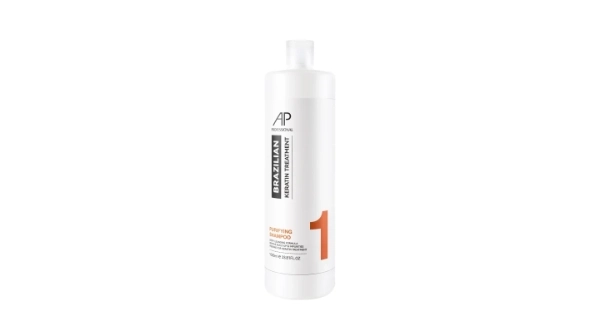When it comes to adhesive removal, many DIY enthusiasts and professionals alike often find themselves in a quandary. One of the most frequently asked questions is whether WD-40 can effectively remove 3M adhesive. This inquiry is not just a matter of convenience; it touches on the broader themes of material compatibility, safety, and efficiency in adhesive removal. In this article, we will delve deep into the properties of both WD-40 and 3M adhesives, explore the effectiveness of WD-40 as a solvent, and provide practical tips for adhesive removal.
Understanding 3M Adhesives
3M is a renowned manufacturer of various adhesive products, ranging from double-sided tapes to industrial-strength adhesives. Their products are designed for durability and strong bonding, making them a popular choice in both consumer and industrial applications. The chemical composition of 3M adhesives varies depending on the specific product, but they generally consist of polymers that create a strong bond when cured.
The Role of WD-40
WD-40, a multi-purpose lubricant, is primarily known for its ability to penetrate rust, lubricate moving parts, and displace moisture. Its formulation includes a blend of hydrocarbons, which gives it its unique properties. While WD-40 is not specifically designed as an adhesive remover, many users have reported success in using it for this purpose. The question remains: how effective is it against 3M adhesives?
Does WD-40 Remove 3M Adhesive?
The effectiveness of WD-40 in removing 3M adhesive largely depends on several factors, including the type of adhesive, the surface it is bonded to, and the duration of exposure to the solvent. Here are some key points to consider:
- Chemical Interaction: WD-40 works by penetrating the adhesive layer and breaking down its molecular structure. However, not all adhesives respond the same way to WD-40. While some users have reported success with certain 3M products, others may find it less effective, particularly with high-strength adhesives.
- Surface Compatibility: The surface from which you are trying to remove the adhesive is crucial. WD-40 can potentially damage certain finishes, plastics, or paints. Always test on a small, inconspicuous area before applying it broadly.
- Application Method: For optimal results, apply WD-40 directly onto the adhesive and allow it to sit for several minutes. This dwell time enables the solvent to penetrate and soften the adhesive. Afterward, use a plastic scraper or cloth to gently remove the adhesive residue.
- Follow-Up Cleaning: After using WD-40, it’s essential to clean the surface thoroughly with soap and water or a suitable cleaner to remove any oily residue left behind. This step ensures that no WD-40 remains, which could interfere with future adhesion if you plan to apply new materials.
Alternative Solutions for 3M Adhesive Removal
While WD-40 can be effective in certain scenarios, there are alternative methods and products specifically designed for adhesive removal that may yield better results:
- Adhesive Remover Products: Commercial adhesive removers are formulated to break down various types of adhesives, including those from 3M. Products like Goo Gone or 3M Adhesive Remover are specifically designed for this purpose and may be more effective than WD-40.
- Heat Application: Using a heat gun or hairdryer can soften the adhesive, making it easier to scrape off. This method is particularly effective for tape adhesives.
- Isopropyl Alcohol: For lighter adhesives, isopropyl alcohol can be an effective and less oily alternative to WD-40. It evaporates quickly and is less likely to damage surfaces.
Conclusion
In summary, while WD-40 can be a viable option for removing 3M adhesive in certain situations, its effectiveness is not guaranteed across all types of adhesives or surfaces. It is essential to consider the specific adhesive type, surface compatibility, and application method. For those seeking a more reliable solution, exploring dedicated adhesive removers or alternative methods may prove beneficial. Always prioritize safety and surface integrity when attempting adhesive removal, and don’t hesitate to consult product-specific guidelines for the best results.




+ There are no comments
Add yours